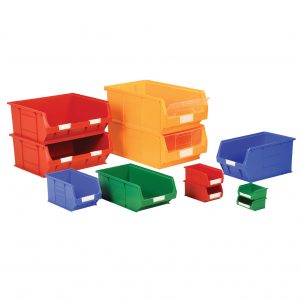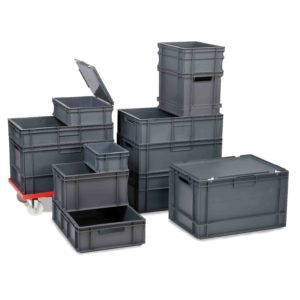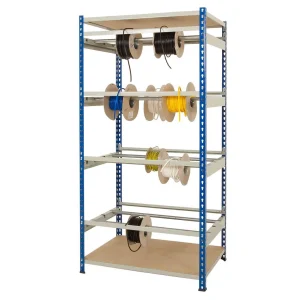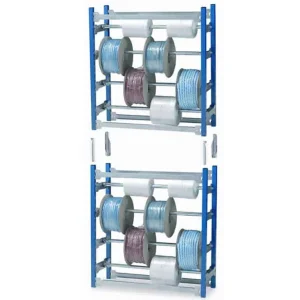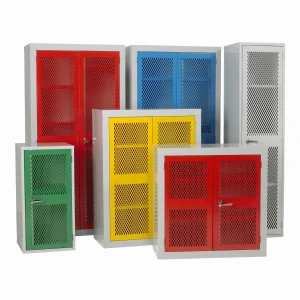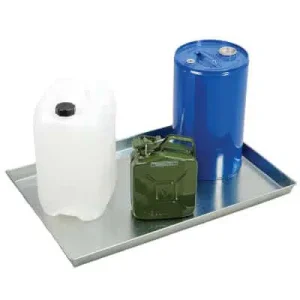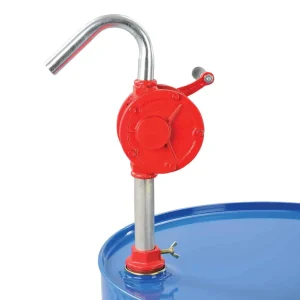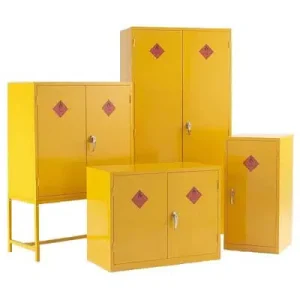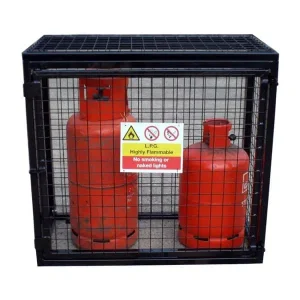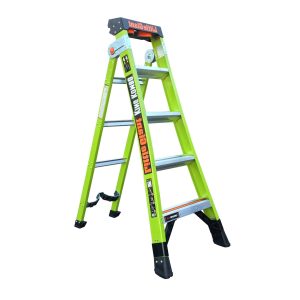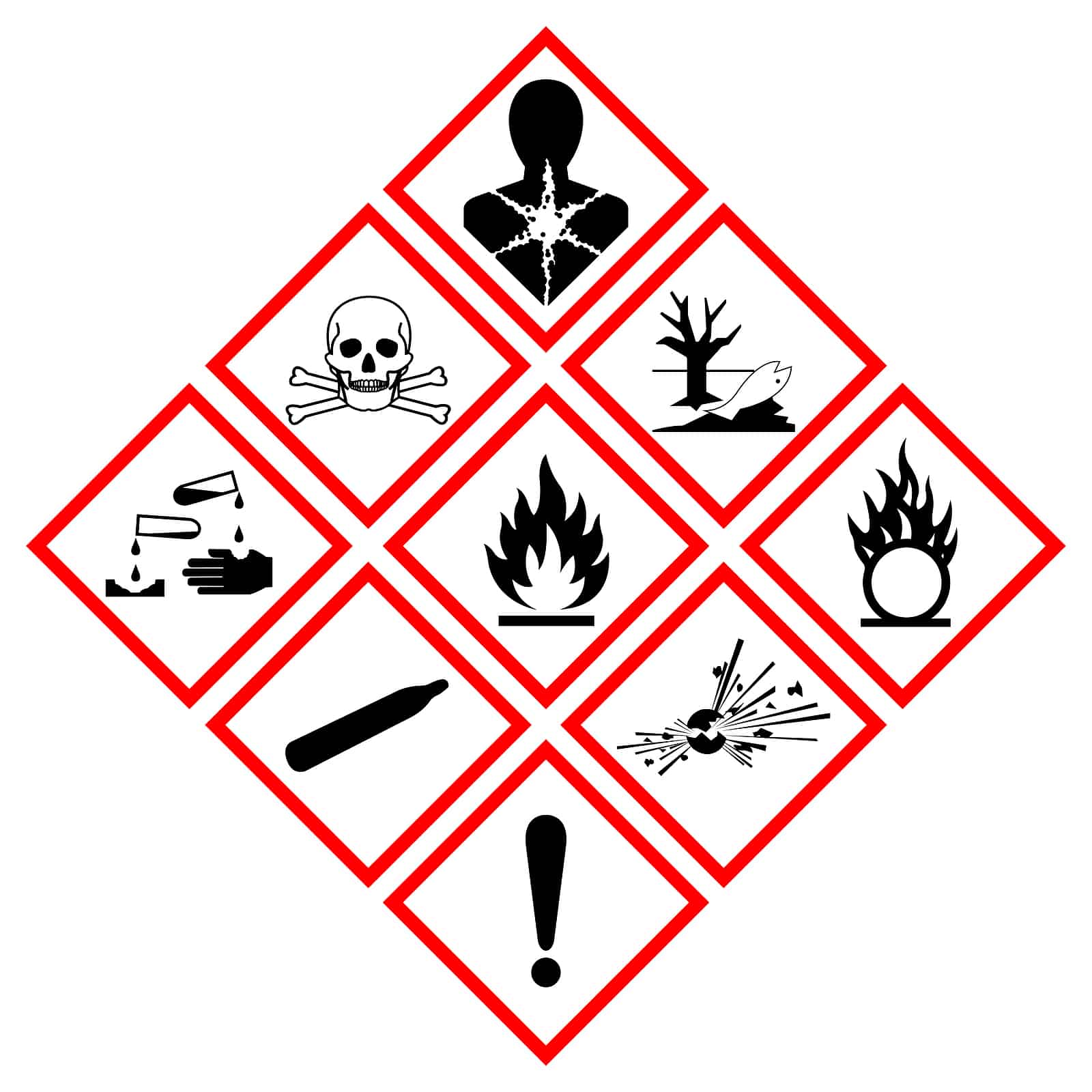
What is COSHH?
If you work in an industry where health and safety are critical, you’ve likely come across the term COSHH. But if you’re unsure about what COSHH stands for or how these regulations apply to your business, Storage N Stuff is here to provide clear answers and guidance.
What Does COSHH Stand for in Health and Safety?
The acronym COSHH stands for ‘Control Of Substances Hazardous to Health’. COSHH regulations are a set of rules put in place to protect workers from injury or ill health when they are working with specific substances and materials. A breach of COSHH regulations by your employer or your employee is a crime with a penalty of an unlimited fine or up to two years in prison. The COSHH regulations have been in place for more than 25 years, but the most recent iteration from 2002 was re-enacted with amendments of the Control of Substances Hazardous to Work Regulations 1999.
How Should COSHH Regulations Be Implemented In The Workplace?
COSHH is the law that makes it essential for employers to control exposure to hazardous substances that are potentially detrimental to employee health. Employers can prevent or minimise risks by:
- Identifying potential health hazards
- Conducting risk assessments to determine how to prevent harm
- Implementing control measures to reduce exposure
- Ensuring all safety measures are properly used
- Maintaining control measures in good working condition
- Providing employees with information, instruction, and training
- Monitoring health and conducting surveillance where necessary
- Establishing emergency plans
Depending on the type of business you own, or work in, you may use or create potentially harmful substances; which could cause harm to employees and other people.
COSHH Risk Assessments
A COSHH assessment concentrates on the hazards and risks from substances in a specific workplace and asks questions such as:
- Where is there potential for exposure to substances that might be hazardous to health?
- In what way are the substances harmful to health?
- What jobs or tasks lead to exposure?
- Are there any areas of concern?
What Does COSHH Cover?
Hazardous substances that are covered by COSHH can take many forms, below are some of the forms of dangerous substances you will need to look out for:
- Chemicals
- Products containing chemicals, such as cleaning chemicals or cleaning products
- Gases and asphyxiating gases
- Fumes
- Dusts
- Vapours
- Mists
- Nanotechnology
- Biological agents
- Germs that cause diseases such as leptospirosis or legionnaires disease and germs used in laboratories.
COSHH does not cover lead, asbestos, and radioactive substances as these have their own specific regulations.
What Are The COSHH Symbols and Their Meanings?
There are nine primary hazard symbols relating to COSHH:
- Explosive – Shown as an image of an object exploding: Indicating there is a risk of explosion.
- Flammable – Shown as a flame symbol: Explaining that there is the risk of fire.
- Gas Under Pressure – Shown as a gas canister: Highlighting the presence of compressed gas cylinders.
- Dangerous to the Environment – Shown as a dead fish and tree: Indicates chemicals that pose an immediate or delayed risk to the environment, including wildlife, plant life, and ecosystems.
- Toxic – Shown as a skull and crossbones: Represents chemicals that can harm health even at low levels. If marked with T+, the substance is extremely toxic, with serious effects at very low concentrations.
- Oxidising – Shown as a circle with flames above it: Indicates chemicals that can cause or intensify a fire by releasing oxygen or other reactive substances, such as hydrogen peroxide or halogens.
- Corrosive – Shown as liquid pouring onto a hand and surface: Signifies substances that can chemically damage or destroy materials, including skin, metal, or other surfaces.
- Serious Health Hazard – Shown as a human silhouette with a white spark: Highlights substances that can cause serious long-term health issues, such as cancer, respiratory or organ damage, or reproductive toxicity.
- Caution – Shown as an exclamation point: Used for less hazardous substances that require careful handling, though they may not pose an immediate or severe threat to health.
The HSE has further information on what the law requires and advice on completing COSHH risk assessments.
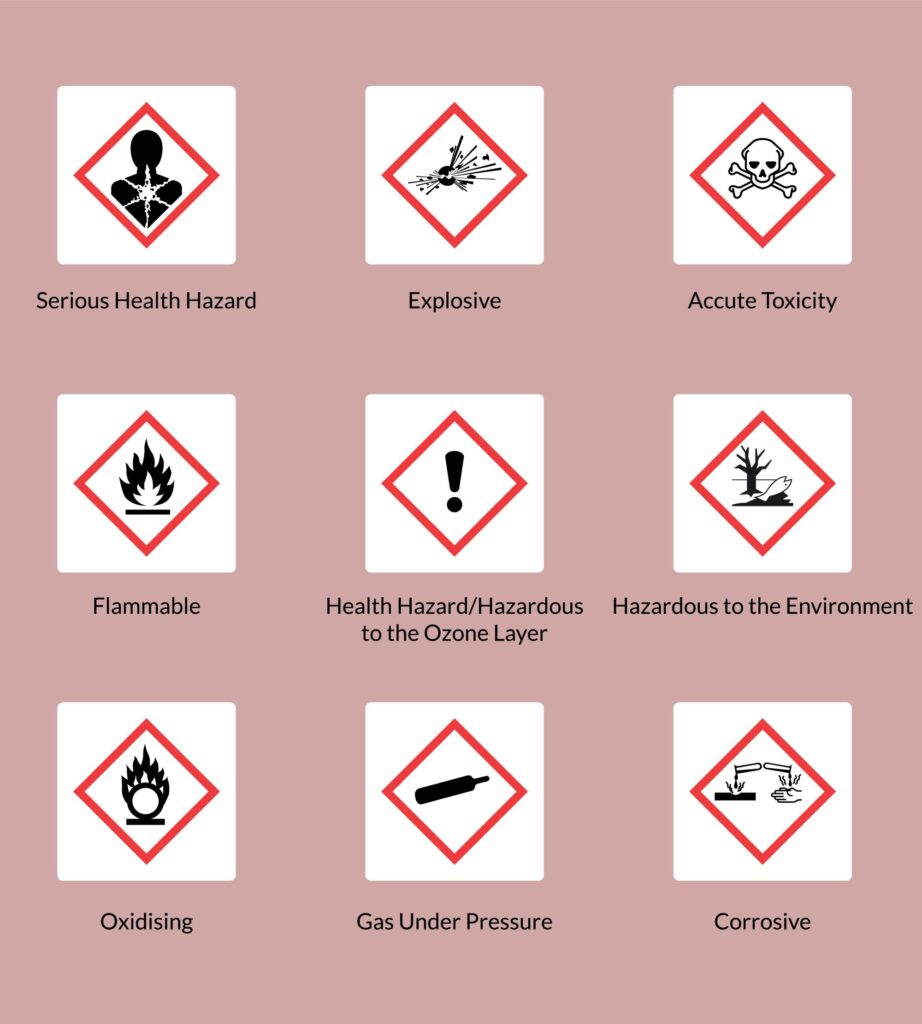
Stay COSHH Compliant With Quality Storage Solutions
We offer an extensive range of quality storage solutions that are COSHH-compliant to help keep your workplace safe at affordable prices. If you have any questions or want a free site visit, get in contact with our team today.
